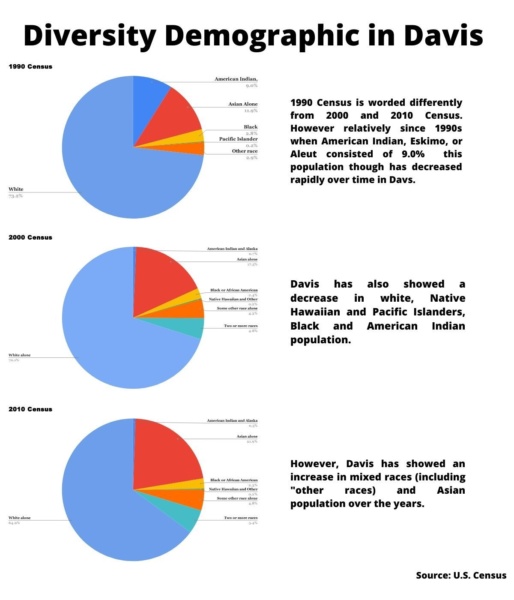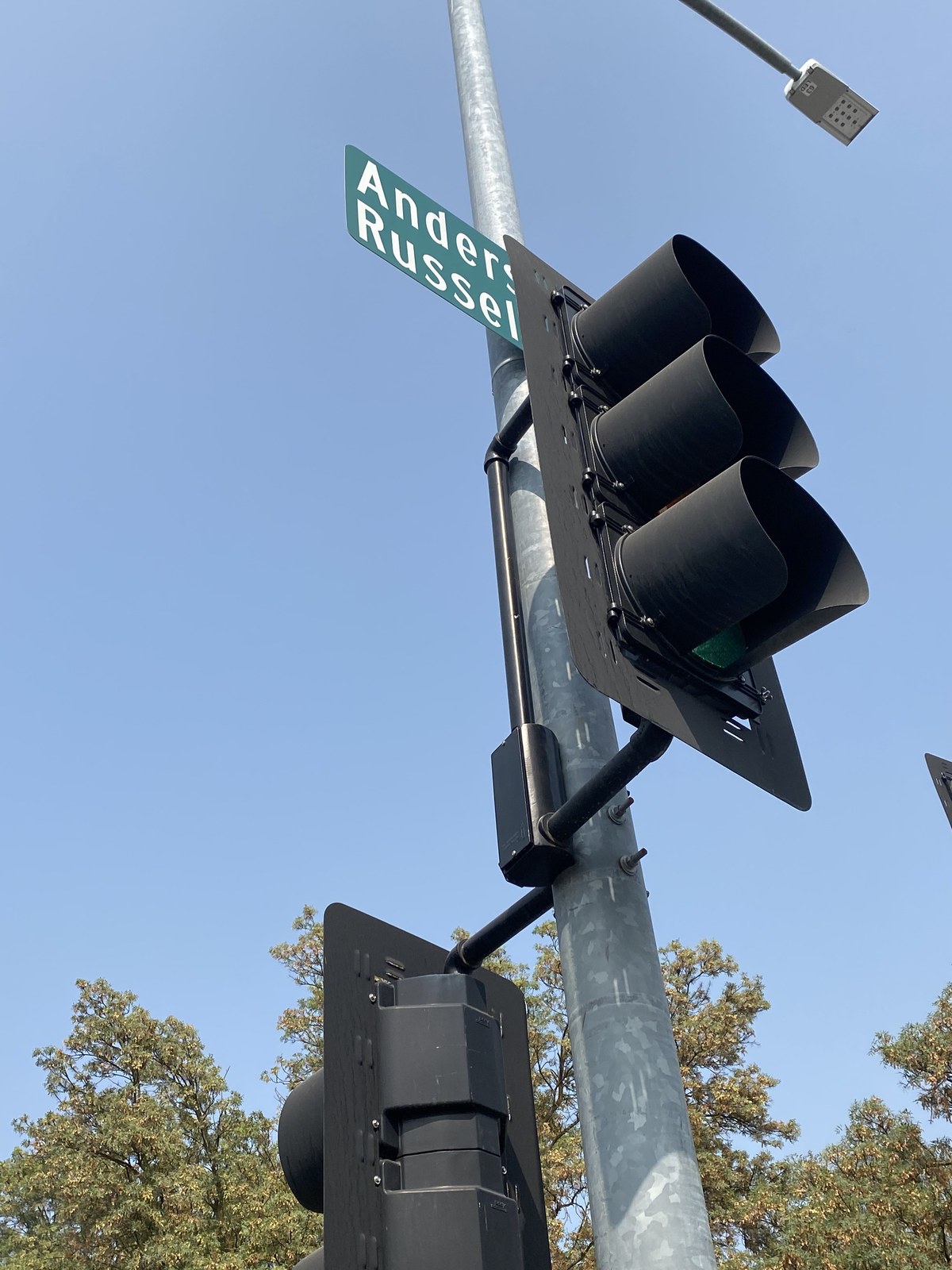Ongoing dilemma of discriminatory housing in Davis
PHOTO: The majority of racist restrictive covenants in Davis were in the Oeste Manor neighborhood located on Russell Boulevard. These covenants for the properties were especially prevalent during the 1950s.
By Sarah Kim,
BlueDevilHUB.com Staff–
Rik Keller, a professional instructor for social work and communication, was shocked when he went to the Yolo County office to gather information for his article on Davis discriminatory housing. There, he discovered neighborhood covenants that people had told him about in the past, but the impact of the language used felt different for him when he saw them in person.
The covenants he saw are not normal, everyday neighborhood covenants. These are covenants with racist undertones that exclude non-whites from buying houses, or prohibit white owners from selling properties to people of color.
Neighborhood covenants are just one part of discriminatory housing that took place across the nation. According to Investopedia, redlining was a discriminatory practice that put “services out of reach for residents of certain areas based on race or ethnicity.” It was imposed by banks and realtors to homogenize neighborhoods.
The Federal Housing Administration implemented the practice of redlining. By getting maps of where the loans were least likely to be repaid, the FHA colored in red particular neighborhoods that mostly consisted of people of color. This allowed realtors and banks to exclusively refuse service to the people, especially African Americans, living in these areas.
Although these discriminatory housing methods were outlawed in California and throughout the nation as of current years, with legislatures like the Rumford Act of 1996 in California that prohibits racial discrmination in housing, microaggression and racist undertones still lie today in Davis.
“The dilemma is that we have [a] racial dilemma and an economic dilemma,” said David Thompson, the president of the Twin Pines Cooperative Foundation.
Davis has statistically more expensive housing than neighborhoods in Sacramento or Woodland. According to RentCafe, the average rent as of February for Davis is $2,263, while for Sacramento it is $1,438 and for Woodland, $1,324.
However, median household income has been significantly lower for people of color, according to the U.S. Census. In 2017, the estimated income for Black Americans was $40,258 and for Hispanics (of any race) was $50,486. This was strikingly different from white only incomes which was approximately $68,145.
“That is excluding people with low income, which, in de facto in the United States is excluding people of color to a large degree,” Keller said. With Davis having high housing prices, this results in the decrease in influx of low-income families of color and creates homogeneous economic and racial groups consisting of white, upper middle class families.
“If, for example, a black person can afford to buy a home [in Davis], and can pay the mortgage, they are [probably] a doctor, professor, solicitor or a lawyer,” Thompson said on this dilemma, “so they fit with other Davis people.” The lack of economic diversity corresponds with a lack of racial diversity, which in turn creates a very skewed, homogeneous city.
“It’s not about affordability, it’s also about systematic racism,” said Jonathan London, an associate professor at UC Davis. Due to the housing market being generally expensive in Davis, London points out that segregation happens with lower wage workers who are mostly people of color that can’t afford to live in the city anymore so they migrate to neighborhoods in Woodland, West Sacramento or Dixon.
London mentioned Davis is “trying to move forward,” economically. However, he said it is “not enough.” Keller further mentioned how Davis, by implementing programs such as the Measure L senior housing project “Taking Care Of Our Own” in 2016, raises concerns. This was a program where the “developer has elected to restrict ninety percent (90%) of the residential units within the Project […] to initial purchasers with a preexisting connection to the City of Davis.”
“The language ‘taking care of our own’ really stood out to me. Who is ‘us’ and who are our ‘own’?” Keller said. When historically the majority of residents in Davis were white, this program would therefore “exclude people with low income and people of color.”
“We don’t have strong inclusionary affordable housing requirements,” Keller said, “but Davis still reduced its inclusionary requirements where you require a certain amount of affordable housing temporarily in 2018, which was scheduled to update by the end of that year but it still hasn’t been changed.”
Thompson speaks on the dilemma of discrimination by using an example of black community not only in Davis, but throughout the nation: “We probably blocked almost a million black Americans from having an entry to [the] American dream… Getting a home, getting equity, building it up and passing it to their kids.”





